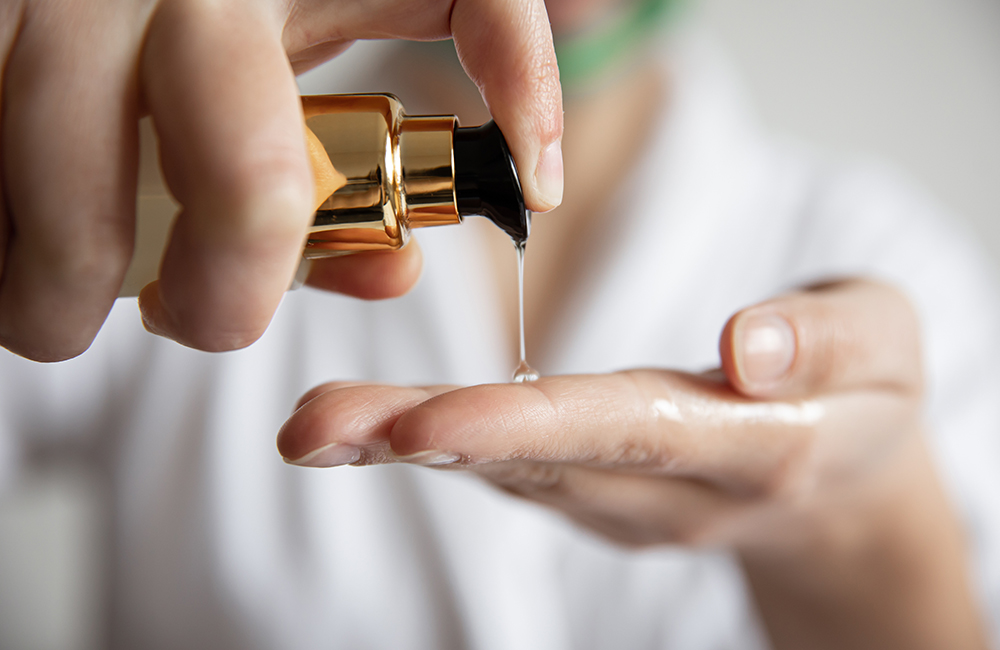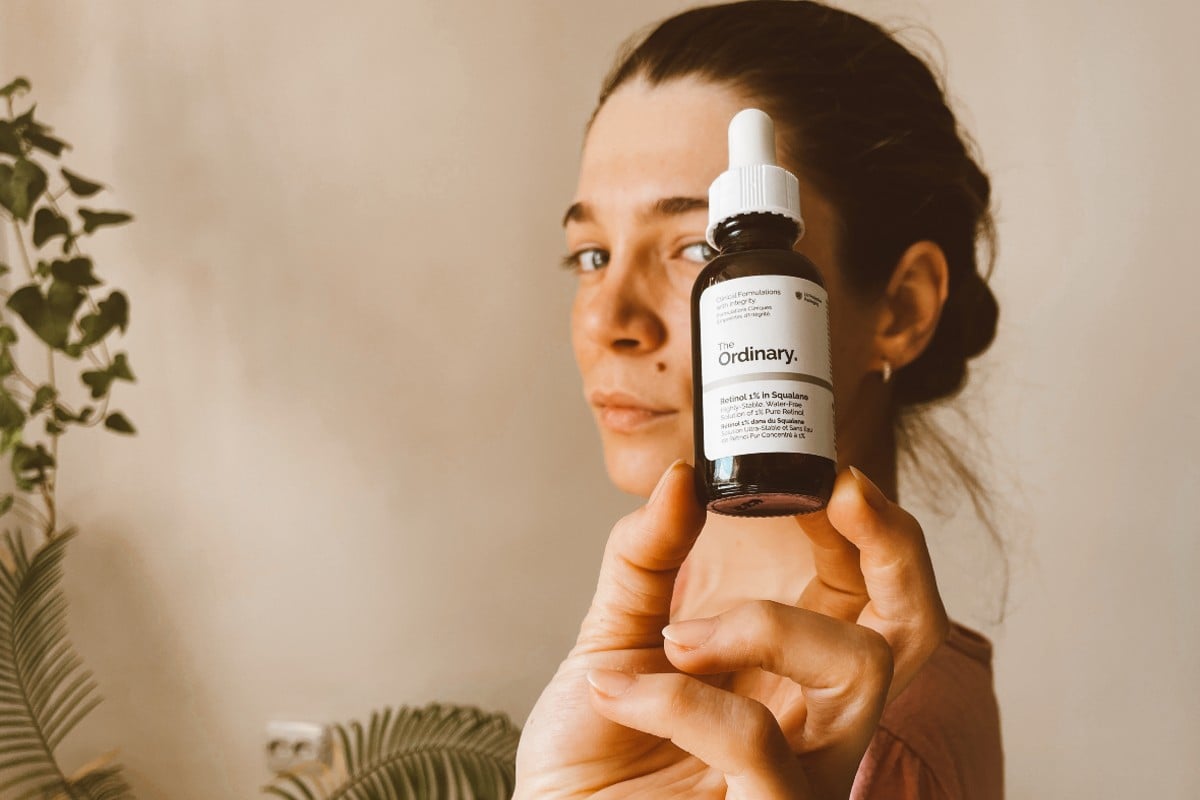Table of Contents
It seems like nearly every brand is offering a cleansing oil these days, but is it right for your routine? With the popularity of cleansing oils skyrocketing and so many to choose from, we took a step back to get a complete guide from the experts.
The oil cleansing method is another recent trend with ancient roots, given a fresh update with modern skin-care science. The idea is that unlike the oil our skin produces, there are beneficial oils that provide a gentle cleanse that removes tough-to-tackle makeup and dirt from our skin without harshly stripping it or over exfoliating.
But not every oil is made equal, and incorporating a cleansing oil into your routine isn’t as simple as replacing your current cleanser.
What Is a Cleansing Oil?
Oil cleansing used to be a mostly one-ingredient experience. Ancient Romans used to incorporate olive oil, sometimes mixed with ash, into their bathing routines, scraping it off with a specialized tool before taking a hot bath.
Obviously we’ve come a long way in terms of formulation, but the general idea still remains the same.
New York dermatologist Jody A. Levine, MD notes that oil cleansing follows a basic chemical principal: like dissolves like. Essentially, similar compounds dissolve each other, but opposite compounds (polar and non-polar) won’t. “The oil applied to the skin attracts and breaks down the oils and impurities on your skin, allowing them to be easily rinsed away with water.”
According to Fort Lauderdale, FL dermatologist Dr. Matthew Elias, the beneficial oils used in these cleansers work by drawing in other oils. “Cleansing oils work because they are attracted to other oils, meaning they are easily able to soak up oils like dirt in your skin or the oil in makeup,” Dr. Elias explains. “The biggest benefit comes with that fact that after the oil removes impurities on your skin it then restores your natural skin barrier preventing infections and producing soft, beautiful skin.”
Just like those ancient Romans used to scrape olive oil off of themselves before a bath, modern cleansing oils aren’t mean to be the only step in your bathing routine.
Washington D.C. dermatologist Tina Alster, MD explains that the key to using a cleansing oil is taking all of it off. “You want to make sure you’re removing all of the oil after using a cleansing oil,” Dr. Alster says. “That way you’re not clogging pores further.”
Who is it for?
Most skin types can see some benefit from using a cleansing oil, but those with dry skin may find it particularly helpful.
“Cleansing oils are versatile, but they are particularly beneficial for those with dry or combination skin, as they effectively cleanse away dirt and impurities without stripping or weighing down the skin and are hydrating,” Dr. Levine explains. “However, individuals with oily skin can also benefit from cleansing oil.”
Those with oily skin can often fall victim to skin care that’s too tough on oil, stripping your skin and causing it to produce more sebum and oil in response. Incorporating a cleansing oil can help.
“People with oily skin often end up over-processing their skin,” Dr. Alster explains. “When the skin is stripped of all oils and is dry, it sends a signal to produce more oil, creating a cycle.”
Dr. Elias agrees, and notes that people with oily and acne-prone skin may need to try a few different cleansing oils to find their right fit. “Typically for those with oily skin it is best to use oil cleansers that contain combinations of different types of oils combined with surfactants to yield the best results,” Dr. Elias explains. “This very much a ‘your mileage may vary’ situation and you have to try different products to see what works best for you, as everyone with oily skin will have different combinations of oils that work best for them.”
When and How to Use a Cleansing Oil
Cleansing oils do their best work for our skin in the evening, removing heavy makeup and gently clearing pores.
“Since it is best for removing makeup, typically we would recommend using a gentle cleanser in the AM and then at the end of the day when removing makeup to use an oil cleanser,” Dr. Elias explains. “If you prefer a double cleanse in the PM, you would use the oil cleanse first and then follow up with a gentle cleanse to leave your skin feeling fresh and clean. Both methods are acceptable.”
Like Dr. Elias suggested, a popular method of oil cleansing is the double cleanse, where an cleansing oil is used first to remove makeup and impurities. This is followed by a gentle cleanser to ensure the oil is fully removed.
“I recommend some of my patients to start by using a cleansing oil as the first step in a double cleansing routine at night. They apply the oil to dry skin, massage, and then follow with a water-based cleanser,” Dr. Levine explains. “Using it once a day is generally sufficient and I do not think it is usually necessary in the morning.”
Just be careful you aren’t over-processing your skin.
“Double cleansing can lead to excessive dryness, if you’re not careful,” Dr. Alster says. “I think you can really experiment and try different oil formulas to find something that works for you without needing another separate product.”
And there are a lot of different oil formulas.
“There are so many oils,” Dr. Alster says. “I find options like olive oil and coconut oil to be too heavy and, for lack of a better word, too oily. Grapeseed and sunflower oils, on the other hand, tend to be a lot lighter.”










